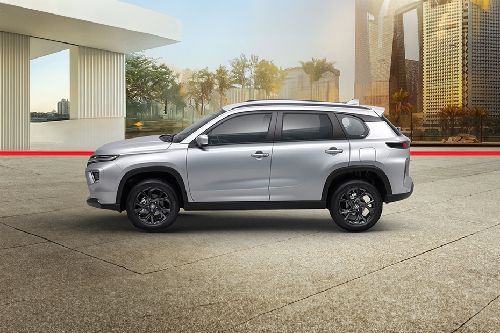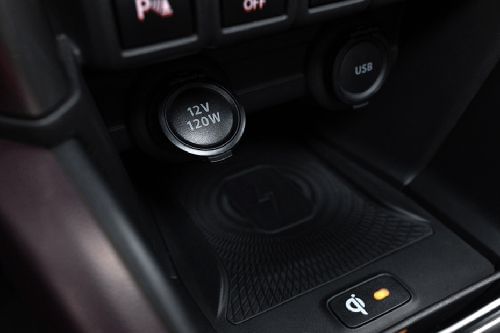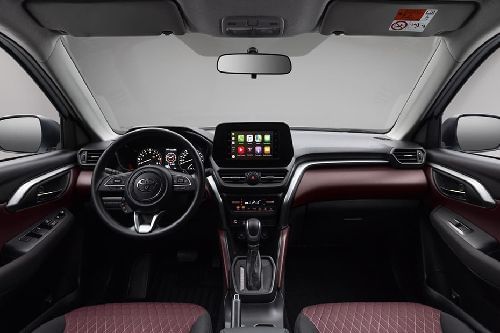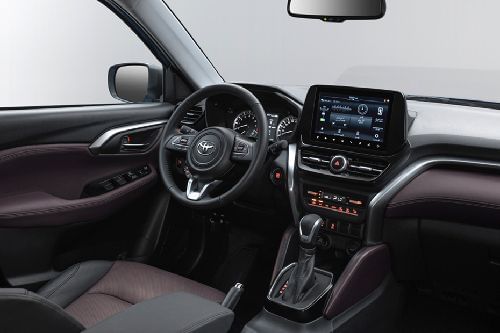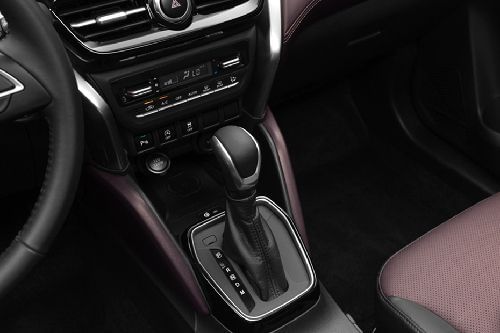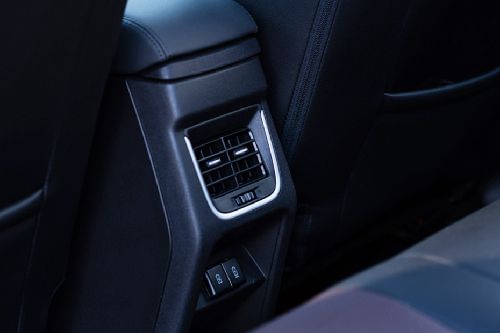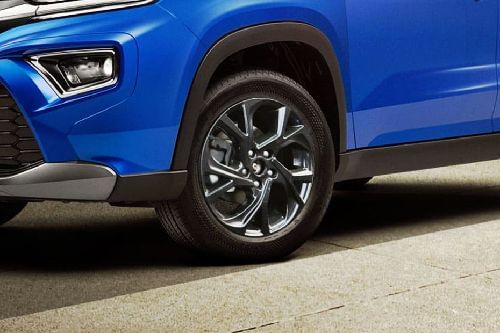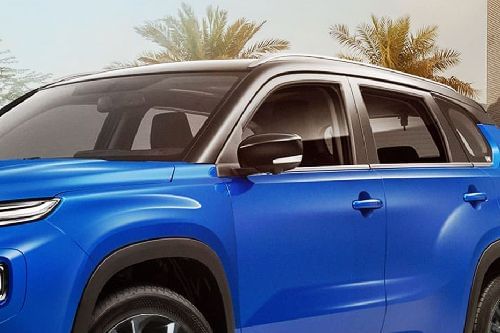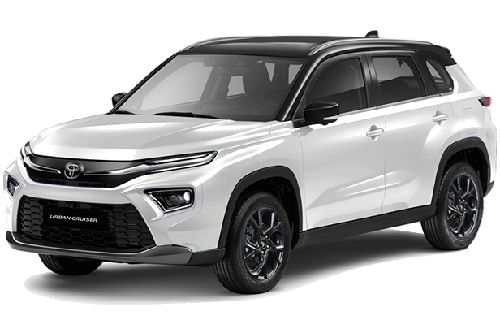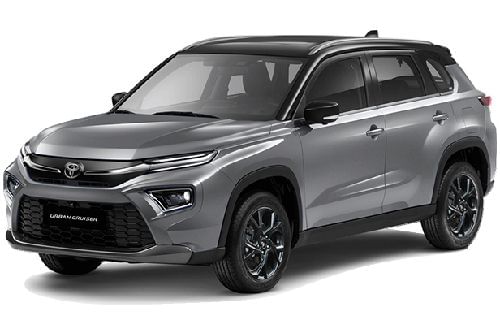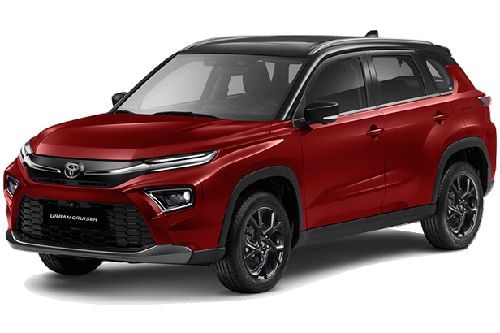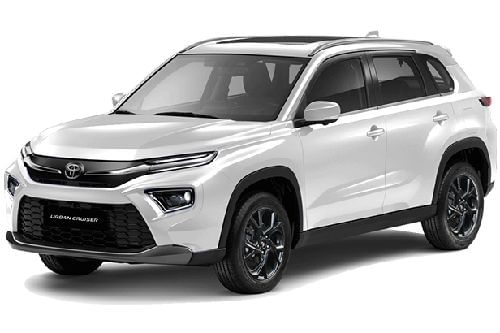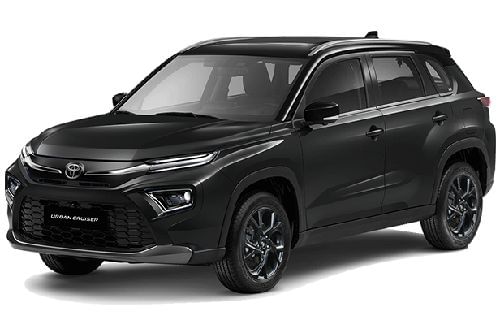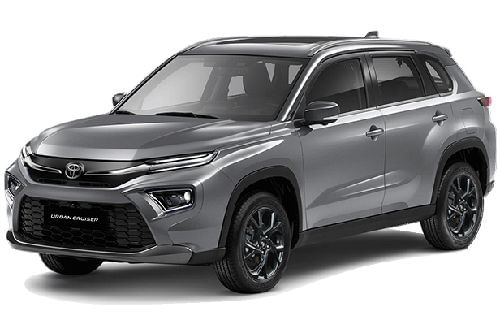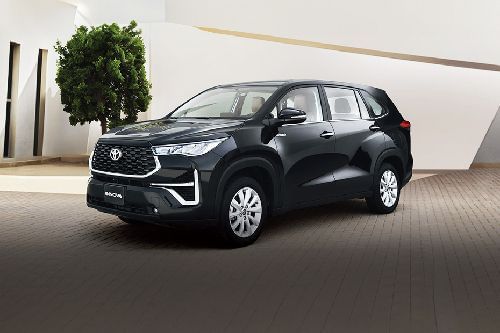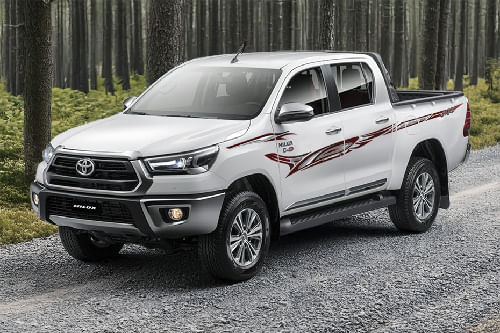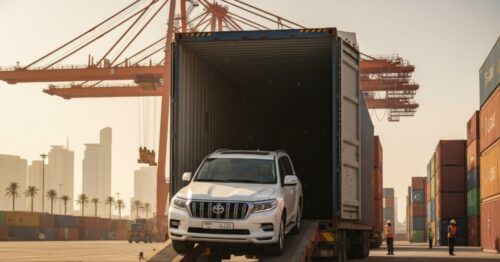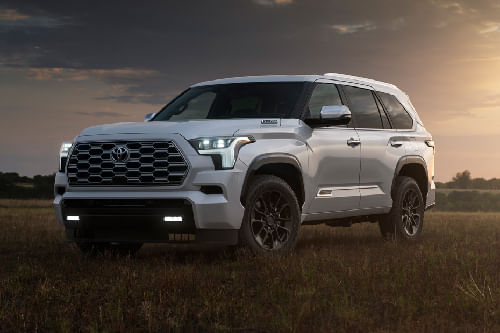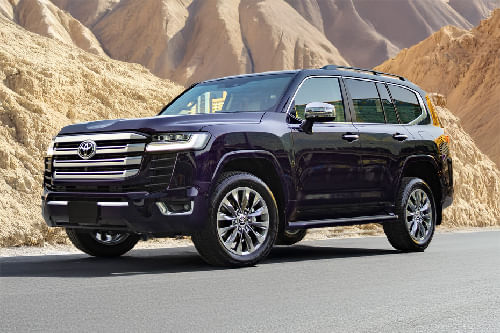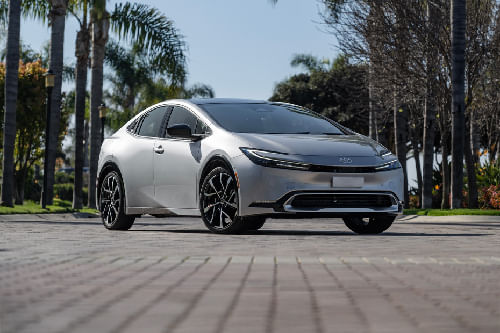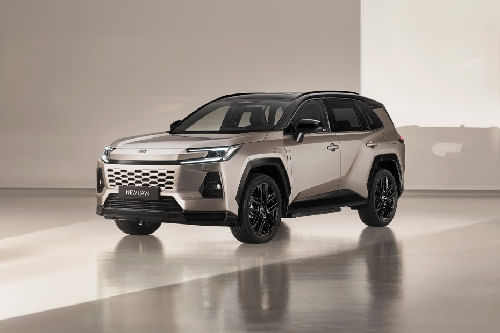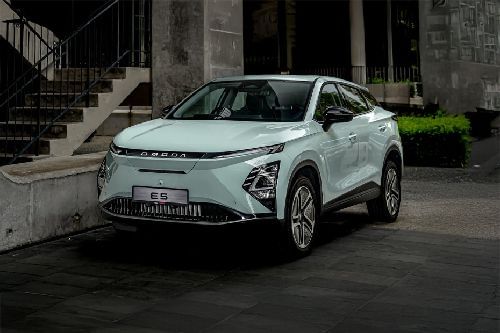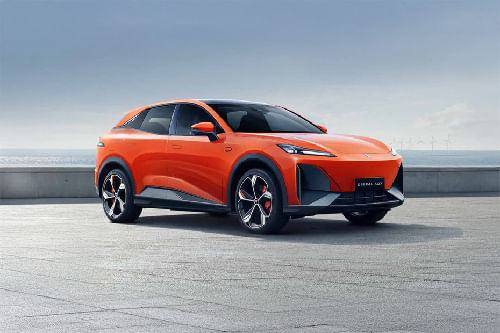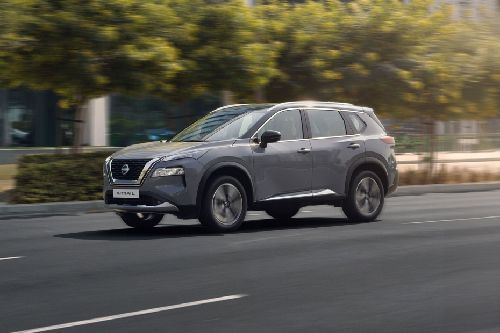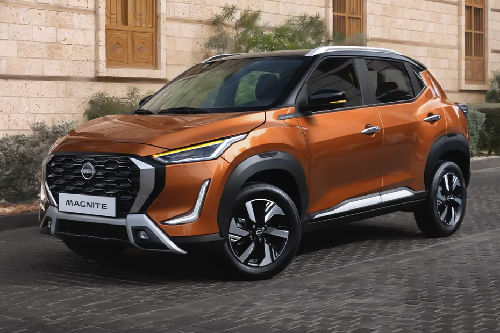How to Import a Car to Saudi Arabia: Process & Costs

Saudi Arabia: Importing any vehicle in Saudi Arabia in 2025 entails a due procedure comprising many rules, fulfilling documentation and paying fees. It is certainly not a cakewalk, yet you can navigate it with the right knowledge and preparation. We take you through the latest guidelines and regulations, helping you with all the vital details around eligibility criteria, documentation, shipping options, inspection, and cost breakdowns. With careful planning, you can avoid problems, save time, and make your import process smooth and cost-efficient.
KEY TAKEAWAYS
What cars are being imported into Saudi Arabia?
There are many cars imported, like luxury brands, electric vehicles, sports and specialised models not readily available locally in Saudi Arabia.How much time does it take to import a car in Saudi Arabia?
There is no fixed time defined; it is all dependent on several factors. But a car importer must expect between 2-3 months to complete the import process.Is it worth importing a car in 2025 in KSA?
It is not really worth importing a car in 2025, when almost all brands are now available in the country.The key steps, eligibility, documents, and real import costs for bringing a car into Saudi Arabia
|
Step |
Details |
|
Eligibility |
|
|
Who Can Import |
|
|
Key Documents |
|
|
Main Process |
|
|
Typical Costs (SAR 100K car) |
|
|
Tips |
|
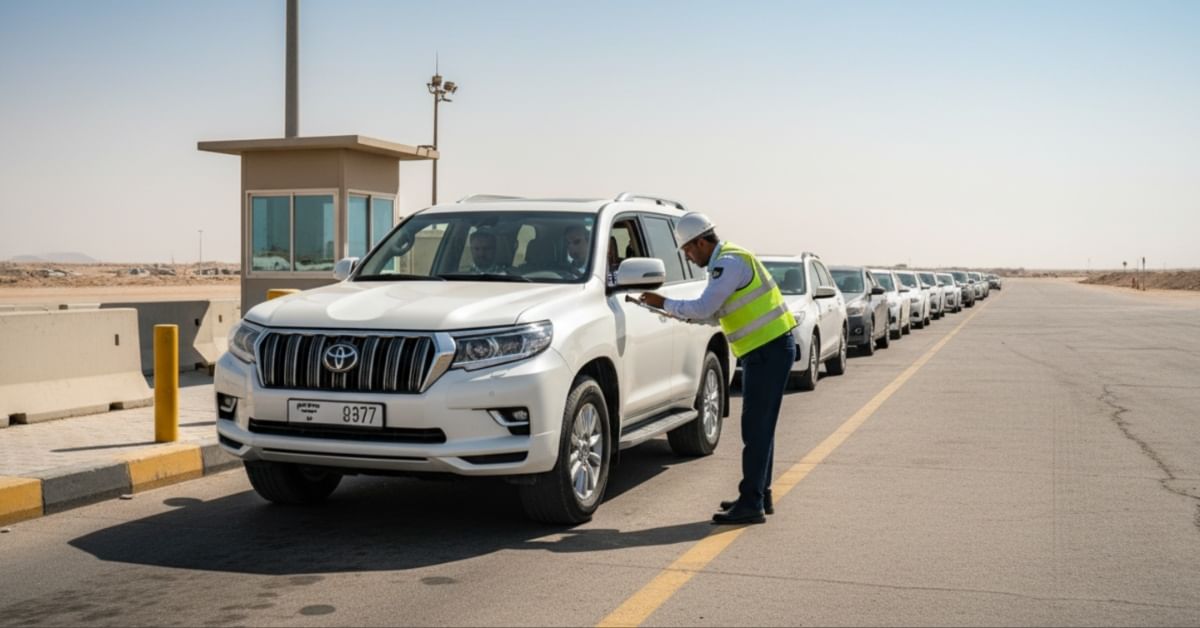
Eligibility
Before spending time and money on anything, verify your vehicle meets Saudi requirements. If it doesn't, you're wasting effort. This includes that the car must be no more than 5 years old from the year of manufacturing. That's calculated backwards, excluding the current year. If you’re importing in 2025, then a 2020 model is eligible; anything after that is old. All classic cars over 30 years old are exempt from this age restriction, but after you are important then, they are not permitted to be driven on public roads.
Then comes the GCC specifications compliance; the car you’re importing should meet Gulf Cooperation Council safety and environmental standards. Your car needs to comply with emissions standards, lighting requirements, and safety features specific to the region. This matters because don’t assume that a car that meets European standards is automatically accepted.
The vehicle must be left-hand drive, and modifications aren’t allowed. Right-hand drive cars aren't allowed, which means Japanese and British imports don’t qualify. Also, any major damage by accident or flood or major structural repair is strictly prohibited. Saudi customs take them seriously. A car that was in a major accident gets rejected at the port. The vehicle can't have been used as a taxi or a police car, and it must never have been salvaged or totalled; these are sure rejections.
One more thing: keep in mind the origin country can't be Israel. That's a non-negotiable as per government policy.
Who can import
Saudi citizens can import up to 2 cars per year. That's the maximum limit. Iqama holders, meaning expatriates with valid Saudi residency permits, can import 1 car every 3 years. That's a real limitation, and so if you import a car this year, you can't import another for 36 months. Any registered firm with a valid licence in Saudi Arabia can import vehicles. That includes car rental companies, leasing firms, and dealerships. Everyone else needs a customs broker or PRO service to handle the paperwork on their behalf. Don't try doing this alone if you don't fall into one of the above categories.
Documents needed
This is where things get real. Missing a single document can delay everything, and so you must have everything that is stipulated before you even start
- Original purchase invoice showing the car's value. A copy for your records.
- Certificate of origin or proof of ownership document. This shows you own the car legally.
- Export certificate from the exporting country. Your shipping company typically handles getting this from customs in the country where the car is currently.
- De-registration certificate proving the car isn't registered in the exporting country anymore.
- GCC Specification Certificate confirming the vehicle meets regional standards.
- Energy efficiency certificate, if applicable.
- Police clearance certificate for the vehicle. This may sound a little dramatic, but this is necessary to ensure the car is not stolen or has any criminal background.
- Your national ID or Iqama (residency permit).
- Proof that you actually paid for the car, like any bank transfer receipt or invoice, is fine.
- All original documents of the car that prove the ownership, like a title deed or equivalent.
- A Power of Attorney document is used if someone else is handling the process for you.
The actual Process
You can't just buy a car in Dubai and ship it tomorrow. This takes time and follows a specific sequence.
First, find a reliable shipping company. They need experience with Saudi import regulations. The international shippers know the process; you must verify that they provide comprehensive insurance coverage during transit. Accidents happen; you need protection.
Get your vehicle inspected at an authorised testing centre in the exporting country. If imported from the UAE, places like Tasjeel or Tamam in Dubai take care of this. The purpose of this inspection is to confirm the car is in a roadworthy condition and meets GCC standards.
Arrange the actual shipping. By land from the UAE is the cheapest. It usually takes 1-2 days. By sea from the USA costs more, but is economical for long distances. Shipping from New York to Dammam port costs around $2,500. It takes about 52 days, including documentation processing. By air is the fastest but most expensive. Choose based on your budget and timeline.
When your car arrives at Saudi customs, an inspection takes place. Customs officers examine the vehicle. They verify it matches the documentation. They check the body condition. They review all paperwork. This inspection is thorough, and it does take time.
Pay your customs duties and taxes; these are the costly aspects. Expect 15% VAT plus 5% customs duty on the car's value. For a SAR 100,000 vehicle, that's SAR 20,000 in taxes alone.
Visit the FASAH website and obtain a customs clearance certificate. This proves customs approved your vehicle. Without this document, nothing else happens. Submit all documents to the customs clearance service. They handle the bureaucratic side. This is where hiring a customs broker or PRO service becomes genuinely valuable. They know which offices, which forms, and which officials handle what.
|
Cost Component |
Amount (SAR) |
Notes |
|
VAT |
15,000 |
Based vehicle value |
|
Customs Duty |
5,000 |
On vehicle value |
|
Customs Clearance Fees |
650 |
Service fees |
|
Shipping |
2,000 |
Depends on origin and method of transport |
|
Bayan Customs Declaration |
300 |
documentation |
|
Temporary Customs Plates |
300 |
Temporary registration |
|
SASO Certificate |
300 |
Compliance with KSA specs |
|
FAHAS Inspection |
115 |
Mechanical and Safety |
|
Istimara Registration Fee |
300 |
Vehicle registration |
|
Number Plates |
100 |
Permanent plates issuance |
|
Insurance |
1,000 |
Compulsory for registration |
|
Total |
25,065 |
Approximate total cost added to SAR 100,000 vehicle |
|
USA Shipping Costs (USD) |
Amount (USD) |
Notes |
|
Shipping from New York |
2,500 |
Container shipping cost |
|
Additional Fees |
1,325 |
Inland transport, insurance, destination charges |
|
Total |
3,825 |
Approximate baseline shipping cost excluding duties |

After your car arrives
Once customs clears your vehicle, the real paperwork begins locally. Book an appointment with FAHAS for Mechanical & Physical Inspection. This is the technical inspection centre, and here the car undergoes a comprehensive check, including safety, emissions and mechanical condition. Everything gets verified against SASO standards. A non-compliant car may need modifications before approval. Consider this time, as it can take a few extra days.
If the inspection is completed successfully, you get a technical assessment certificate. That's your proof that the car met inspection standards. Visit the Saudi traffic department with all your documentation. Register the vehicle in your name, and this is the official registration process. You get permanent Saudi license plates.
Obtain mandatory car insurance. You can't drive without it legally, then replace temporary customs plates with your new permanent plates, and finally, you can now legally drive your car on Saudi roads.
Conclusion
Importing a car to Saudi Arabia is possible and happens regularly. It is somewhat complex, requires documentation, involves multiple government agencies, and costs more than the sticker price once you count everything. If you're a Saudi citizen or Iqama holder wanting a specific vehicle not available locally, importing makes sense.
If you're trying to save money on a standard model, you might be disappointed. Do the math before you start. Gather all documents carefully. Use an experienced shipping company. You should also consider hiring a customs broker to handle the paperwork hassle. Then make your decision based on actual numbers, not assumptions.
-
Explore Toyota Urban Cruiser
Toyota Car Models
Don't Miss
Latest Car News & Expert Reviews
- Latest
- Popular
You might also be interested in
- News
Featured Car
- Latest
- Upcoming
- Popular
Compare & Recommended

|

|
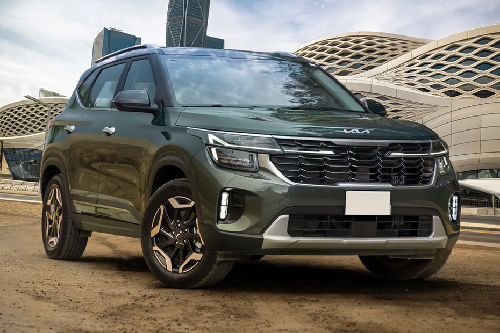
|

|

|
|
Transmission Type
Automatic
|
Automatic
|
Automatic
|
CVT
|
Automatic
|
|
Engine Displacement
1498
|
1482
|
1498
|
-
|
1462
|
|
Power
101Hp
|
157Hp@5500rpm
|
115Hp
|
-
|
101Hp@6000rpm
|
|
Torque
135Nm@4400rpm
|
143Nm@4300rpm
|
179Nm
|
-
|
136Nm@4400rpm
|
|
|
Trending SUV
- Latest
- Upcoming
- Popular

